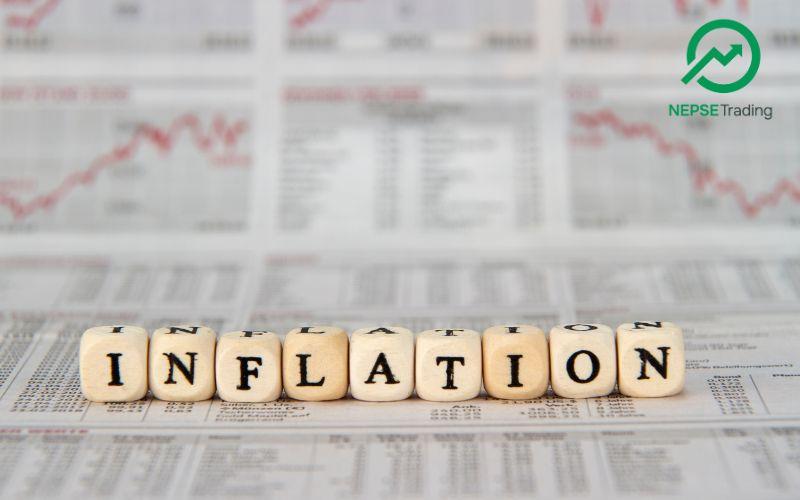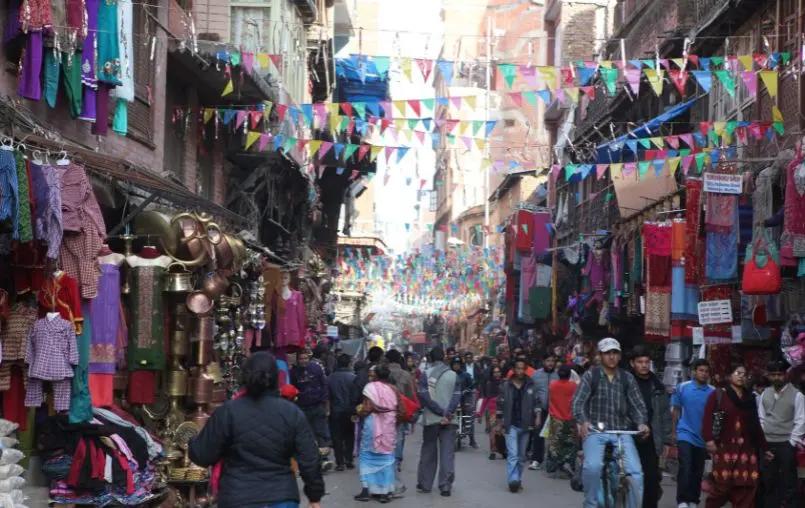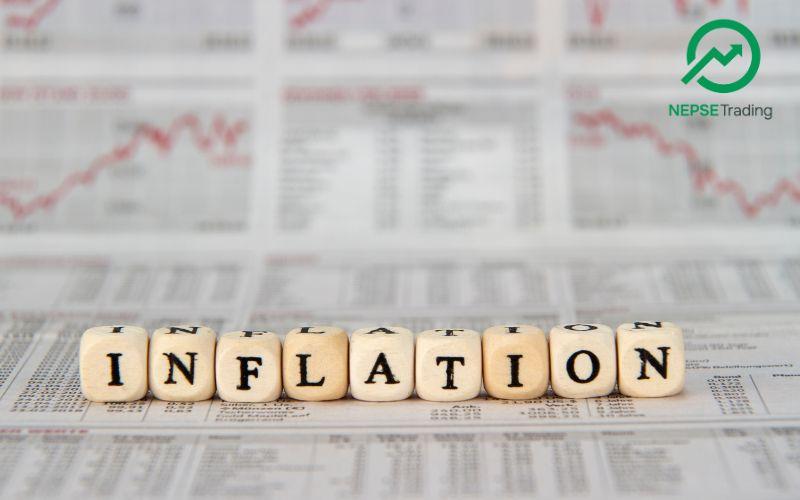By Dipesh Ghimire
Nepal’s Inflation Falls Sharply as Gap with India Narrows; Price Stability Improves Across the Region

Nepal’s consumer price inflation has continued to decline steadily over the past three years, with the latest data showing a significant moderation in price growth and a narrowing inflation gap with India. According to the Consumer Price Inflation (CPI) data for mid-2025/26, Nepal’s year-on-year inflation averaged 1.67 percent, compared to 1.29 percent in India during the same period. This marks a sharp improvement from previous years when Nepal’s inflation consistently outpaced India’s by a wide margin.
In 2022/23, Nepal recorded an average inflation of 7.74 percent, much higher than India’s 6.06 percent, resulting in a deviation of 1.68 percentage points. The inflation gap narrowed significantly in 2023/24, dropping to 0.34 percent, and further contracted to just 0.16 percent in 2024/25. However, in the latest data for 2025/26, the deviation slightly expanded again to 0.39 percent, though Nepal’s inflation remains at one of the lowest levels seen in recent years. Economists note that this level of stability is rare for Nepal’s market, which typically faces higher price pressures due to import dependency and weak supply chains.
The month-by-month data shows a clear pattern of cooling inflation in Nepal. In August 2025, inflation stood at 1.68 percent, noticeably lower than India’s 2.07 percent, resulting in a negative deviation for the first time in many months. By September, Nepal’s inflation measured 1.87 percent, again aligning closely with India’s 1.54 percent. October saw Nepal’s inflation at 1.47 percent, slightly higher than India’s 0.25 percent, but still far below historical levels. The consistent stability across these months suggests improved domestic supply management, better agricultural outputs, and reduced import costs.
The contrast with earlier years is striking. In 2022/23, Nepal experienced double-digit inflation in several months—above 8 percent in August, September, October, and November, driven by global supply chain disruptions, high fuel prices, and rising food costs. During this period, India’s inflation remained lower, fluctuating between 4 and 7 percent, resulting in a persistent deviation above 1.0 to 3.0 percentage points in favor of India. This put Nepal at a competitive disadvantage in terms of price stability.
By 2023/24, the situation had gradually improved. Nepal’s inflation fell to an average of 5.44 percent, with India at 5.11 percent, reducing the gap. However, several months still showed Nepal’s inflation exceeding India’s, particularly from August to October 2023. The downward shift continued into 2024/25 as Nepal’s inflation dropped sharply to 4.06 percent, only marginally above India’s 3.91 percent. This improvement reflected easing international fuel prices, recovery in food supply, and better domestic logistics.
The latest figures from 2025/26 suggest Nepal may be entering a period of sustained low inflation—something uncommon in its recent economic history. Analysts credit multiple factors: declining global commodity prices, improved exchange rate stability, better harvests, and reforms in food storage and distribution systems. Some months even show negative deviations, meaning Nepal’s inflation has dipped below India’s, a rare occurrence considering Nepal’s high dependence on Indian imports.
Despite the positive trend, economists warn that Nepal’s inflation remains highly sensitive to external factors such as global oil price movements and India’s export policies on essential goods like rice, sugar, and onions. A small supply disruption or currency depreciation could quickly reverse the current stability. Yet, the narrowing gap in inflation between the two countries indicates improved macroeconomic alignment and reduced risk of cross-border price shocks.
Overall, the data highlights Nepal’s progress in stabilizing consumer prices after years of volatility. With inflation now hovering near pre-crisis levels, policymakers may gain more room to pursue growth-oriented strategies, such as lowering interest rates and boosting industrial investment. However, continued vigilance is essential to protect the fragile gains made in price stability.









